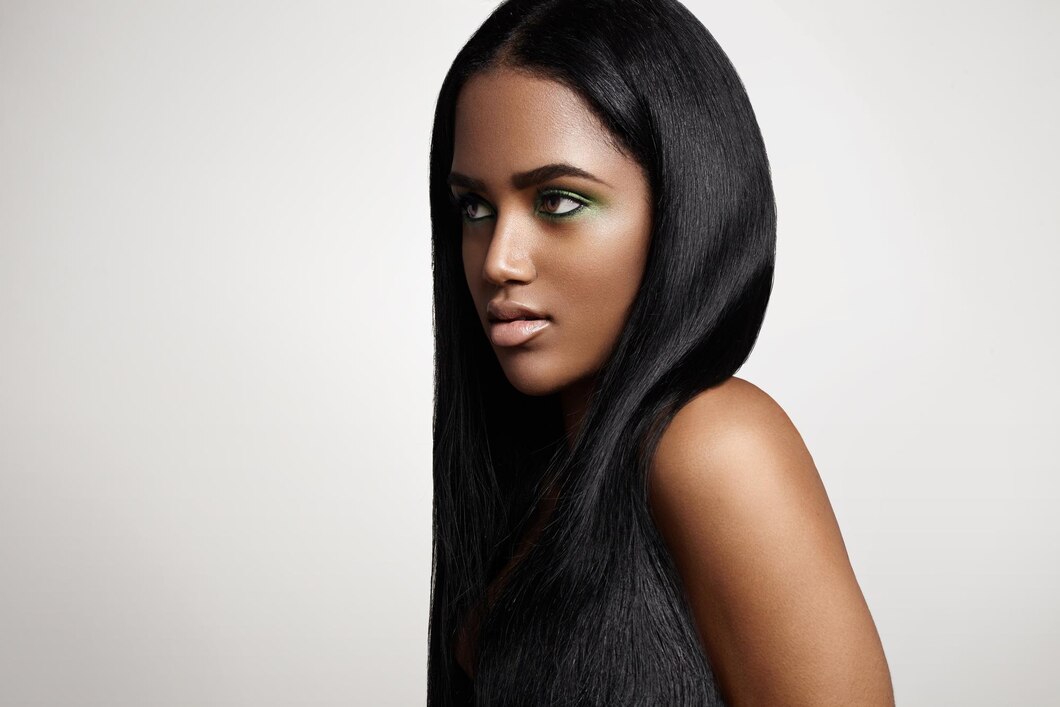Relaxed hair can be beautiful and manageable, but it requires special care to stay healthy and strong. Chemical treatments like relaxers can weaken hair, making it more prone to breakage and dryness. However, with the right care routine, your relaxed hair can remain vibrant and resilient. Here are some essential tips for maintaining healthy relaxed hair.
1. Regular Moisturizing
Relaxed hair tends to be dry because the relaxing process strips it of its natural oils. To combat this, it’s crucial to keep your hair well-moisturized. Use a moisturizing shampoo and conditioner specifically designed for chemically treated hair. Incorporate a leave-in conditioner and a daily moisturizer into your routine to keep your hair hydrated between washes.
2. Deep Conditioning Treatments
Deep conditioning is a must for relaxed hair. These treatments help to restore moisture, strengthen the hair shaft, and prevent breakage. Aim to deep condition your hair at least once a week using a product rich in protein and moisture. You can also use a heat cap or wrap your hair in a warm towel to help the conditioner penetrate deeply into the hair.
3. Gentle Handling
Relaxed hair is more delicate and requires gentle handling. Avoid rough brushing or combing, especially when your hair is wet. Use a wide-tooth comb or your fingers to detangle your hair, starting from the ends and working your way up to the roots. Be gentle when styling, and avoid tight hairstyles that can cause tension and breakage.
4. Protective Hairstyles
Protective styles like braids, buns, and twists can help minimize damage by reducing the amount of manipulation your hair undergoes. These styles also protect your ends, which are the oldest and most fragile part of your hair. However, it’s important not to leave protective styles in for too long, as this can lead to tangling and matting.
5. Limit Heat Styling
Heat styling can further weaken already fragile relaxed hair. If you must use heat, always apply a heat protectant spray or serum beforehand. Try to limit heat styling to once a week or less, and opt for low-heat settings when using flat irons, curling irons, or blow dryers. Air drying is a healthier alternative when possible.
6. Regular Trims
Trimming your hair every 6-8 weeks is essential to maintaining its health. Regular trims help to remove split ends and prevent them from traveling up the hair shaft, leading to breakage. Keeping your ends healthy is key to maintaining length and achieving fuller-looking hair.
7. Balanced Diet and Hydration
What you put into your body has a direct impact on the health of your hair. Eating a balanced diet rich in vitamins, minerals, and proteins will promote hair growth and strength. Foods high in omega-3 fatty acids, such as salmon and walnuts, as well as leafy greens, eggs, and nuts, are particularly beneficial for hair health. Don’t forget to drink plenty of water to keep your hair hydrated from the inside out.
8. Avoid Overlapping Relaxers
When touching up your relaxer, be careful to apply the product only to the new growth and avoid overlapping onto previously relaxed hair. Overlapping can cause over-processing, leading to severe damage and breakage. It’s best to have your relaxer applied by a professional to ensure it’s done correctly.
9. Protect Your Hair at Night
Protect your hair while you sleep by wrapping it in a silk or satin scarf, or by using a satin pillowcase. These materials reduce friction, which can lead to breakage and split ends. Additionally, sleeping with your hair in a loose protective style, like a braid or bun, can help prevent tangling.
10. Listen to Your Hair
Finally, it’s essential to pay attention to how your hair responds to your care routine. If you notice increased breakage, dryness, or other issues, consider adjusting your regimen or consulting with a professional stylist. Every head of hair is unique, and understanding your hair’s specific needs is key to maintaining its health.
By following these tips, you can keep your relaxed hair looking and feeling its best. With the right care, your chemically treated tresses can be healthy, strong, and beautiful.








